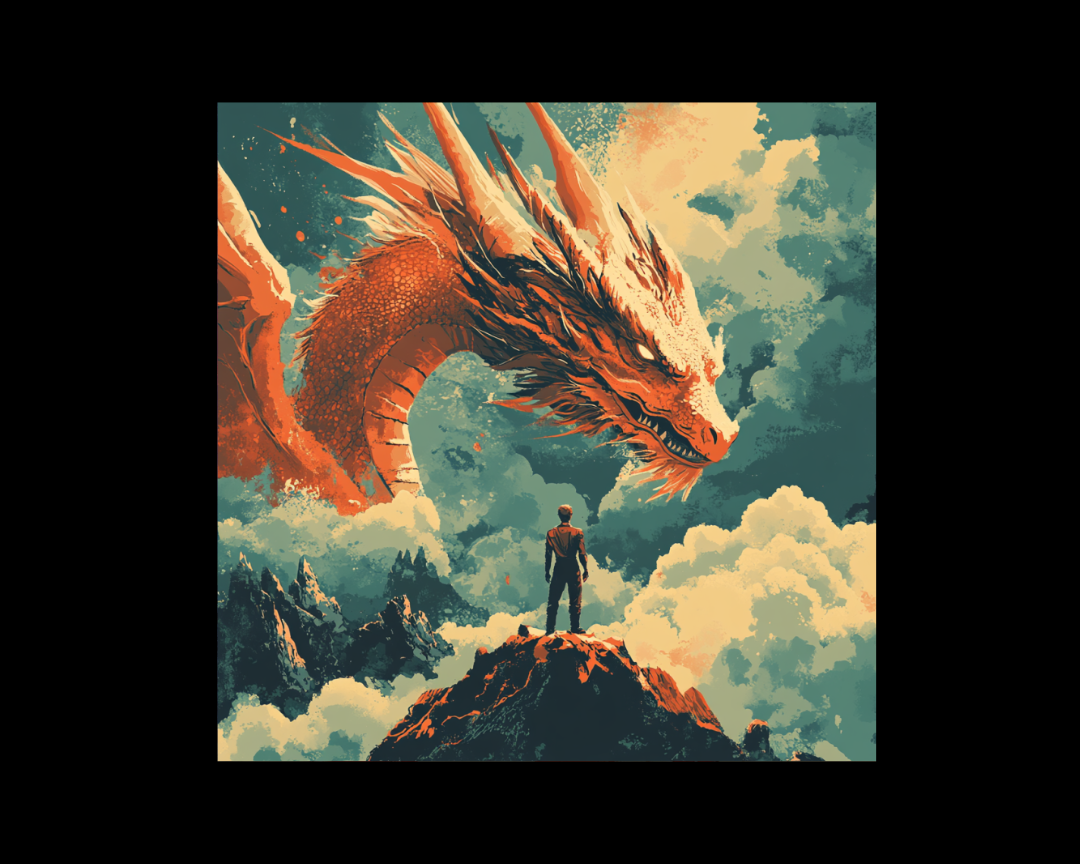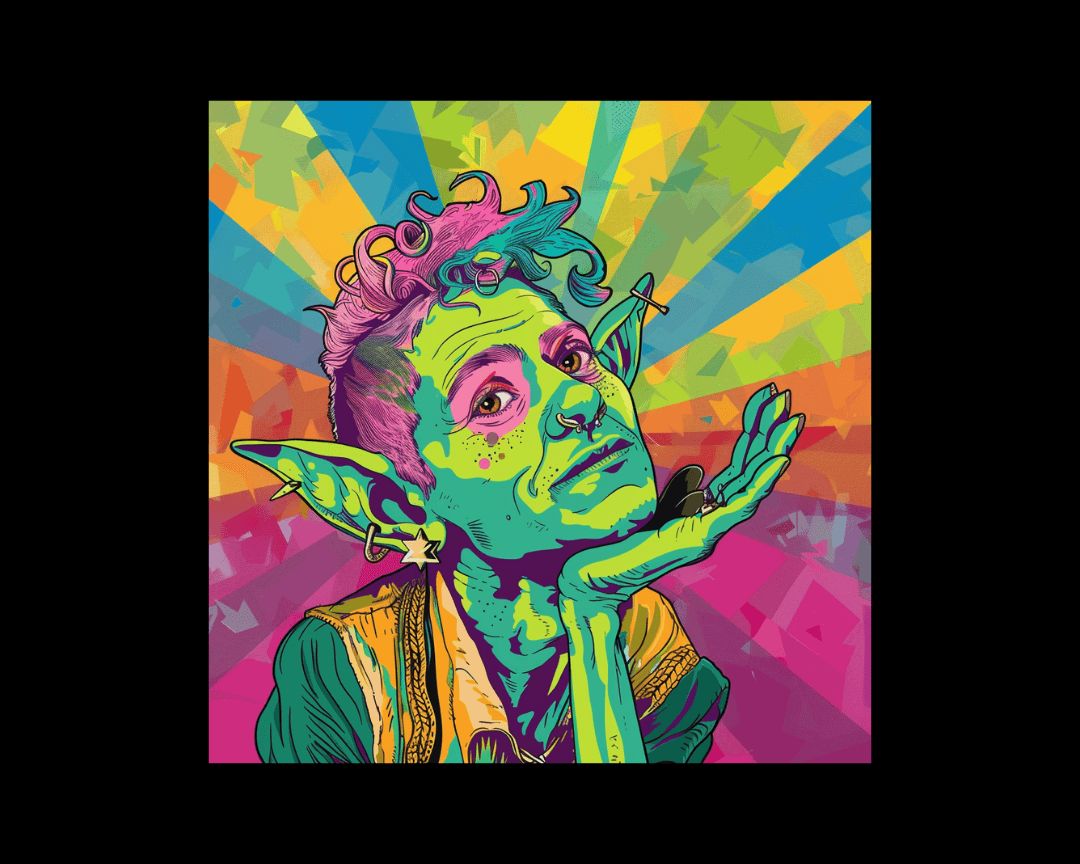Forever a Fantasy Reader
As a child, I was shy. That’s probably an understatement - I was more of a hermit. My mom couldn’t drop me off at a friend’s birthday party without...

Most aspiring fantasy writers trap themselves in Tolkien's shadow, crafting yet another pseudo-medieval realm complete with castles, dragons, and tavern wenches. While Middle-earth remains magnificent, fantasy's true power lies in its boundless possibilities. The genre encompasses everything from magic-infused cities to alien worlds where technology mimics sorcery. Your setting isn't just a backdrop—it's the foundation that determines your story's subgenre, shapes your characters' conflicts, and becomes a character itself.
Publishing industry analysis reveals that fantasy novels with distinctive, well-developed settings outsell generic medieval fantasies by 40%. Agents report that unique world-building is among the top three factors influencing their manuscript requests, with 78% citing "fresh setting" as crucial for standing out in submissions.
Reader surveys from Goodreads show that 65% of fantasy enthusiasts actively seek books set in non-European-inspired worlds, while urban fantasy has grown 120% in market share over the past five years. These numbers reflect readers' hunger for innovative settings that break beyond traditional fantasy boundaries.
Second-world fantasy offers unlimited creative freedom because it operates outside our reality's constraints. Writers can craft worlds where trees bear winged creatures, gravity flows upward, or magic replaces technology entirely. The only requirement is internal consistency—your world's rules must remain logical within their established parameters.
Successful second-world fantasies like N.K. Jemisin's Broken Earth trilogy demonstrate how unique geological concepts can drive both plot and character development. Tasha Suri's The Jasmine Throne proves that drawing inspiration from non-Western cultures creates fresher, more compelling narratives than recycling European medieval tropes.
The key to second-world success lies in understanding that "fantasy" doesn't automatically mean "magical." Low-magic or magic-free worlds can be equally compelling when they explore alternative histories, different evolutionary paths, or unique social structures.
Historical fantasy grounds magical elements in recognizable time periods, offering readers familiar touchstones while introducing supernatural twists. This setting requires extensive research but provides rich cultural details that pure invention cannot match.
Naomi Novik's Temeraire series exemplifies historical fantasy's potential by inserting dragons into the Napoleonic Wars. The familiar historical framework allows readers to focus on how magical elements alter known events rather than struggling to understand completely foreign worlds.
Smart historical fantasy writers choose periods that enhance their magical systems. Medieval settings work well for traditional magic, while Industrial Revolution backdrops suit technomancy or steam-powered enchantments. The key is ensuring your magical elements feel integrated rather than superficially added.
Urban fantasy specifically centers on city environments where magic coexists with modern technology. Cities become characters themselves, with their unique cultures, architectures, and social dynamics shaping magical systems and conflicts.
Contemporary fantasy encompasses any modern magical setting, urban or rural. The challenge lies in explaining why magic remains hidden or how it integrates with modern society. Successful contemporary fantasy addresses these logical questions while maintaining narrative momentum.
The appeal of modern fantasy settings lies in their relatability. Readers understand smartphones and coffee shops, making magical elements feel more immediate and accessible than distant fantasy realms.
Science fiction settings distinguish themselves through technology-based speculation rather than magic-based wonder. The crucial difference lies in grounding fantastical elements in scientific possibility, however theoretical.
Near-future settings extrapolate current technology and social trends, creating worlds recognizably descended from our present. Andy Weir's The Martian succeeds by using realistic space travel technology and current Mars exploration plans, making its survival story feel achievable.
Far-future settings allow greater technological speculation, where advanced science becomes functionally magical. Peter F. Hamilton's space operas feature wormhole networks and consciousness transfer—technologies explained just enough to feel plausible without bogging down in technical details.
Alien planet settings offer creative freedom similar to second-world fantasy but grounded in scientific speculation. These worlds must feel plausibly evolved, with ecosystems, cultures, and challenges that make biological and environmental sense.
Space-based settings—occurring on stations, ships, or in the void itself—create unique constraints that drive compelling conflicts. Limited resources, isolation, and technological dependence become natural story elements rather than artificial obstacles.
The most effective alien settings serve the story's themes. Hostile environments suit survival narratives, while complex alien societies work better for political or cultural exploration stories.
The most innovative fantasy and science fiction works combine multiple setting types, creating something entirely fresh. Fonda Lee's Jade City trilogy blends contemporary technology with second-world geography and magical systems, proving that genre mixing creates compelling narratives when executed skillfully.
Science fantasy settings like Star Wars demonstrate how combining space technology with mystical elements can appeal to both science fiction and fantasy audiences. The key is maintaining internal consistency across all speculative elements, whether magical or technological.
Your setting choice shapes everything from character motivations to plot possibilities to reader expectations. The most successful fantasy and science fiction writers understand that setting isn't just where things happen—it's why they happen and how they happen.
Whether you're crafting alien worlds or magical cities, remember that the best settings serve your story's needs while offering something fresh to genre-hungry readers.
Ready to build the perfect world for your story? Hire a Writer's expert team specializes in fantasy and science fiction development, offering world-building consultations, manuscript development, and editorial services that bring your imaginative visions to life. Contact us today to transform your setting ideas into compelling, publishable fiction.

As a child, I was shy. That’s probably an understatement - I was more of a hermit. My mom couldn’t drop me off at a friend’s birthday party without...

The fantasy genre commands nearly 25% of all fiction sales, yet many writers struggle with a fundamental question: should their magical story unfold...

Urban fantasy seamlessly blends the mundane and the extraordinary in the ever-evolving tapestry of speculative fiction. It invites readers to embark...